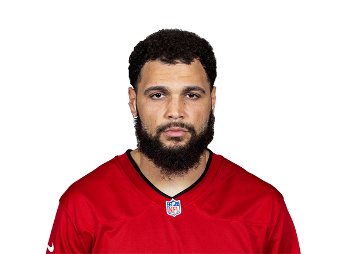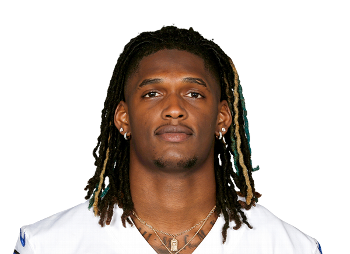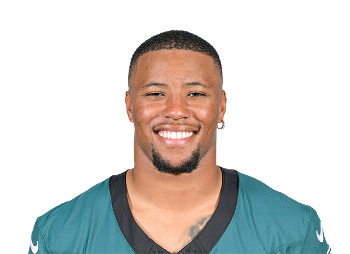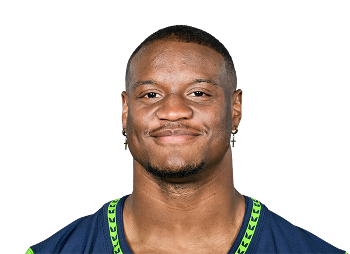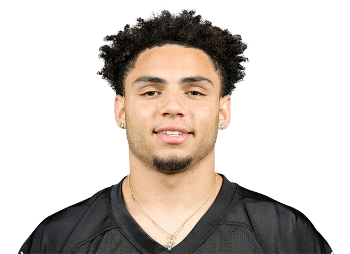Fantasy Football Start/Sit Optimizer
Winning your fantasy football league comes down to making the right lineup decisions week in and week out. It's easier said than done, though, which is why PFSN offers our completely FREE fantasy football start/sit optimizer tool to make sure you're prepared to dominate your league this season!
Compare multiple players to see who you should start or sit in your fantasy football matchup this week
Multi-Player Compare
Add players to compare - type to search for players
Fantasy Football Analysis From PFSN
Latest Fantasy News
Loading news...
PFSN's Who Should I Start or Sit Optimizer
PFSN's Fantasy Football Start/Sit Optimizer allows the user to input multiple players from their fantasy football roster to determine the best players to start for each weekly slate. By utilizing a start/sit optimizer, you can see how those players are valued by our experts based on their respective matchups.
Our team of fantasy experts has over 25 years of fantasy experience. We regularly review our projections and rankings to ensure they are up to date with the latest news from around the NFL, which can give you the edge you need in your fantasy football league.
Where Do the Start/Sit Fantasy Rankings Come From?
PFSN's start/sit fantasy football rankings are generated primarily from our consensus fantasy projections. These projections take into account projected pass/rush attempts, team-implied point totals from Vegas odds, opposing defensive difficulty, and much more.
All of these data points are compiled into one top-secret formula to generate the closest player projections possible to help make your lineup decisions easier with just a few clicks.
How To Use the Who Should I Start Fantasy Football Tool
Whatever dilemma you are facing for your fantasy football lineup, our start/sit optimizer can help guide you to a decision. Simply select your scoring system, the number of players you need to start, and enter your options. Then let our experts' projections recommend who you should start each and every week.
Which Fantasy Formats Are Supported By the Who Should I Start Tool?
The optimizer supports scoring systems of non-PPR, half-PPR, and full PPR, as well as having the option to decide between four points or six points per passing touchdown.
How To Use the Fantasy Advice
While we're confident these projections are as accurate as they can possibly be, fantasy football isn't an exact science. These projections are meant to be utilized as a guide versus a hard-and-fast rule, so the decision is still ultimately yours to make!
PFSN Fantasy Football Start/Sit Optimizer FAQ
How Many Players Can I Compare at Once?
Our PFSN Start/Sit Optimizer gives you the ability to compare an unlimited number of players to find out who the best player to plug into your starting lineup would be. Additionally, you can easily compare across all positions to find the best FLEX option for the upcoming week to help dominate your fantasy football matchup.
In A Flex Position, Should I Start a Wide Receiver or a Running Back?
Unsurprisingly, there is no objectively correct answer to this question of which position to play in the FLEX spot. The objectively correct answer is that you should start your best players. Whether those are running backs or wide receivers depends on how you construct your roster.
How Does the Who Should I Start Tool Calculate Its Recommendations?
PFSN's fantasy football rankings are generated primarily from our consensus fantasy projections. These projections take into account projected pass/rush attempts, team-implied point totals from Vegas odds, opposing defensive difficulty, and much more.
How Do I Determine Which Player to Start for My Lineup?
Whatever dilemma you are facing for your fantasy football lineup, our optimizer can help guide you to a decision. Simply select your scoring system, the number of players you need to start, and enter your options. Then let our experts' projections recommend who you should start each and every week.
While we're confident these projections are as accurate as they can possibly be, fantasy football isn't an exact science. These projections are meant to be utilized as a guide versus a hard-and-fast rule, so the decision is still ultimately yours to make!

